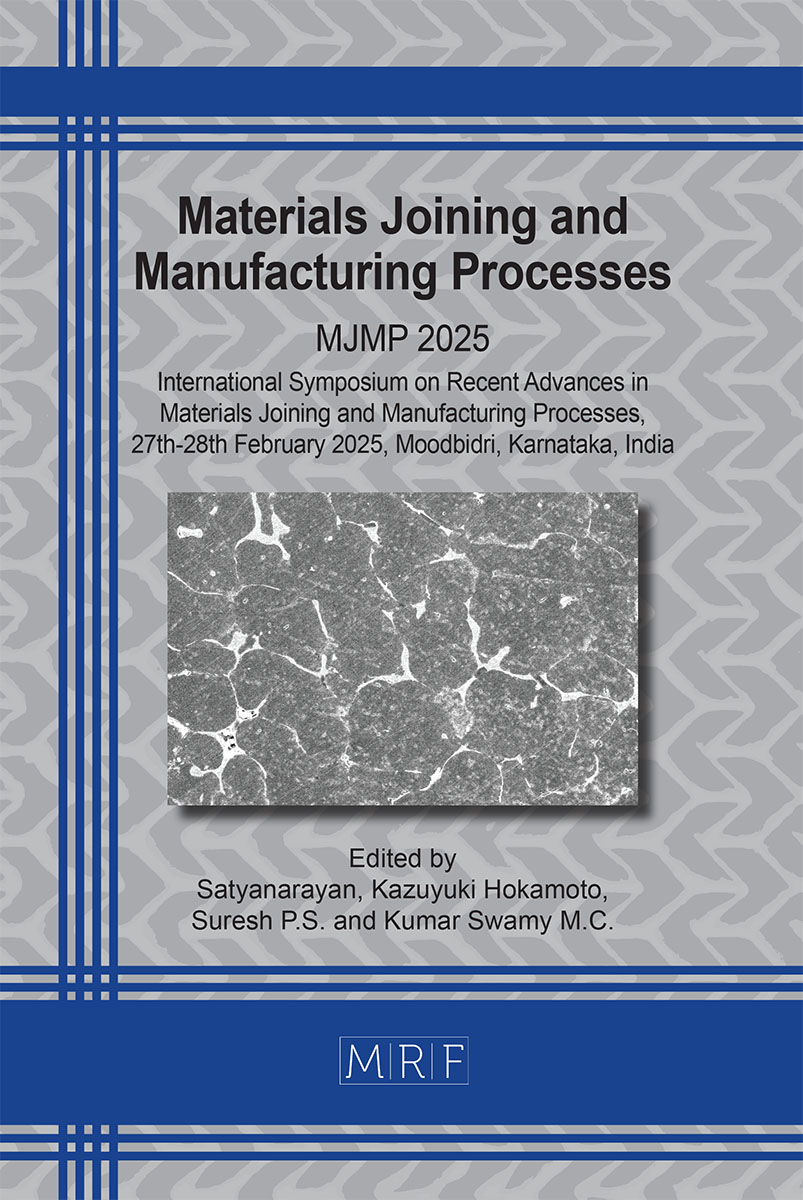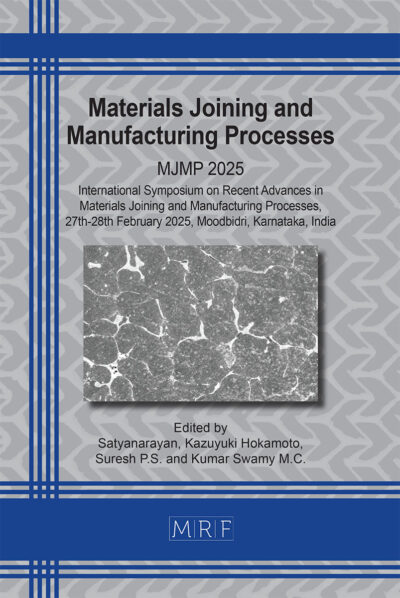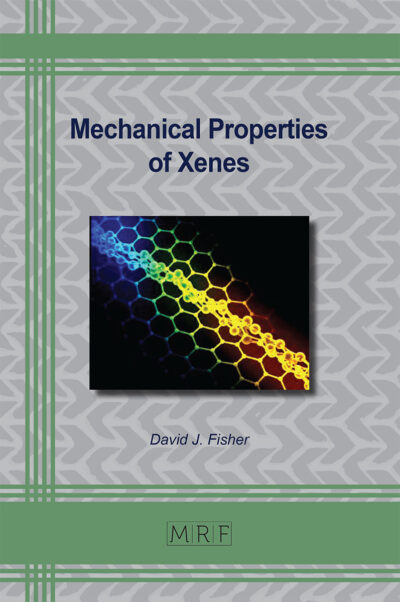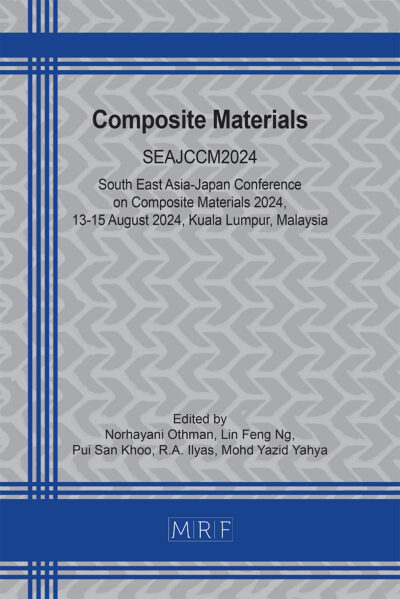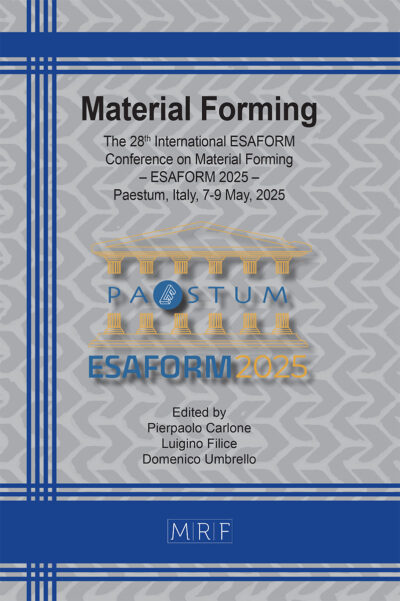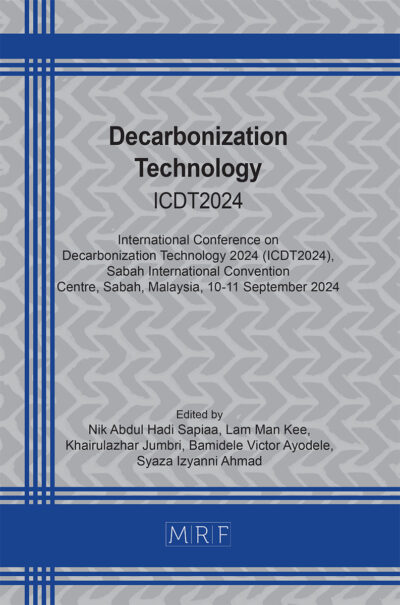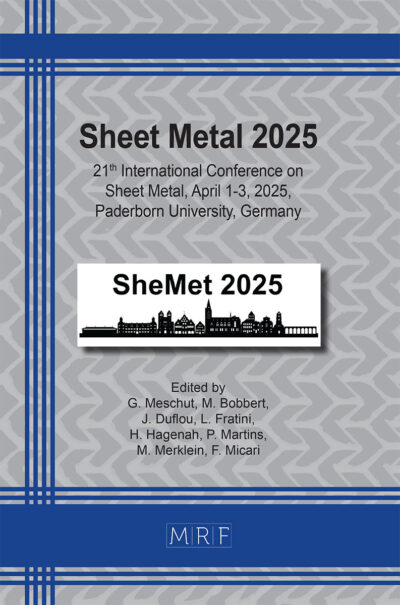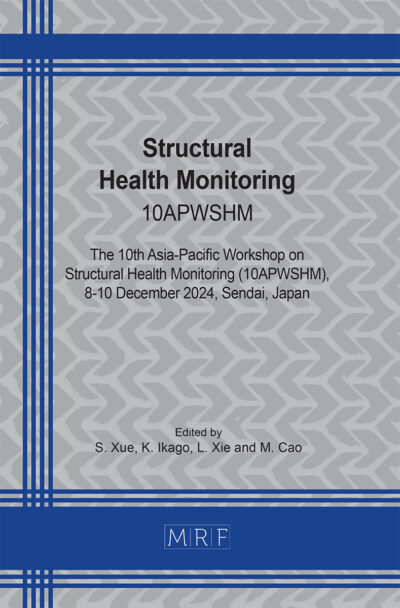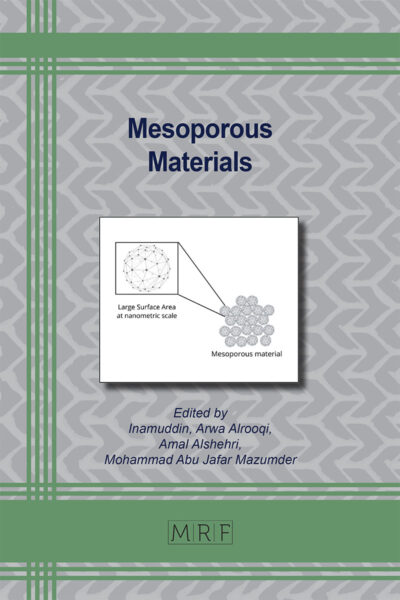Development of internal cooling system in hard turning of annealed HCWCI using carbide tools
A.M. Ravi, S.M. Murigendrappa
Abstract. In today’s manufacturing techniques, hard turning became the most rising technique to cut high hard materials like high chrome white cast iron (HCWCI). The use of Cubic boron nitride (CBN), Polycrystalline Cubic boron nitride (pCBN) and Carbide tools are most appropriate to shear the metals but are uneconomical. These materials are cut in dry condition, which results in lower life and can be enhanced by minimizing the tool temperature. The research study exposes effective tool cooling systems that can improve tool life and machinability characteristics, also proper selection of cutting parameters to control the cutting temperature. The main aim of this paper is to develop an ideal cooling system to control tool temperature, thereby minimizing the tool wear rates and cutting forces. In this research work, experiments were conducted on annealed high chrome white cast iron using carbide inserts. Intricate cavities were made on the toolholder body for easy circulation of cold water. Statistical tools were used to carry out the experimentations and its analysis. The result confirms, intercooling system minimizes the cutting forces and tool wear at considerable rates compared to non-intercooling system.
Keywords
High Chrome White Cast Iron (HCWCI), Carbide Tools
Published online 6/1/2025, 7 pages
Copyright © 2025 by the author(s)
Published under license by Materials Research Forum LLC., Millersville PA, USA
Citation: A.M. Ravi, S.M. Murigendrappa, Development of internal cooling system in hard turning of annealed HCWCI using carbide tools, Materials Research Proceedings, Vol. 55, pp 12-18, 2025
DOI: https://doi.org/10.21741/9781644903612-3
The article was published as article 3 of the book Materials Joining and Manufacturing Processes
![]() Content from this work may be used under the terms of the Creative Commons Attribution 3.0 license. Any further distribution of this work must maintain attribution to the author(s) and the title of the work, journal citation and DOI.
Content from this work may be used under the terms of the Creative Commons Attribution 3.0 license. Any further distribution of this work must maintain attribution to the author(s) and the title of the work, journal citation and DOI.
References
[1] T. Kitagawa, A. Kubo, K. Maekawa, Temperature and wear of cutting tools in high-speed machining of Inconel 718 and Ti-6Al-6V-2Sn, Wear 202 (1997) 142-148. https://doi.org/10.1016/S0043-1648(96)07255-9
[2] Y. Isik, An experimental investigation on effect of cutting fluids in turning with coated carbides tool, StrojVestn: JME 56 (2010) 252-262.
[3] R. R. Gnanadurai, A.S. Varadarajan, Investigation on the effect of cooling of the tool using heat pipe during hard turning with minimal fluid application, IJEST (2016).
[4] A. Siller, Steininger, F. Bleicher, Heat dissipation in turning operations by means of internal cooling, Procedia Engineering 100 (2015) 1116-1123. https://doi.org/10.1016/j.proeng.2015.01.474
[5] A. M. Ravi, S. M. Murigendrappa, Experimental study on internal cooling system in hard turning of HCWCI using CBN tools, AIP Conference Proceedings 1943 (2018). https://doi.org/10.1063/1.5029629
[6] M. Dhananchezian, D. Satishkumar, S. Palani, N. Ramprakash, Study the effect of cryogenic cooling with modified cutting tool insert in the turning of Ti-6Al-4V alloy, International Journal of Engineering Research & Technology (IJERT) 2(9) (2013) 2278-0181.
[7] F. Wardle, T. Minton, S. Bin Che Ghani, P. Fϋrstmann, M. Roeder, S. Richarz, F. Sammler, Artificial neural networks for controlling the temperature of internally cooled turning tools, Modern Mechanical Engineering 3 (2013) 1-10. https://doi.org/10.4236/mme.2013.32A001
[8] G. Kromanis,. G. Pikurs, K. Muiznieks, V. Kravalis, Gutakovskis, Design of internally cooled tools for dry cutting, 9th International DAAAM Baltic Conference “Industrial Engineering”, Tallinn, Estonia, April 24-26, 2014.
[9] L. E. A. Sanchez, V. L. Scalona, G. G. C. Abreu, Cleaner machining through a toolholder with internal cooling, 3rd Workshop on Cleaner Production Initiatives and Challenges for a Sustainable World, São Paulo, Brazil, May 18-20, 2011.
[10] Siller, F. Steininger, Bleicher, Heat dissipation in turning operations by means of internal cooling, 25th DAAAM International Symposium (2015).
[11] Mitsubishi Materials Catalogue (2011-12).
[12] A. M. Ravi, S. M. Murigendrappa, P. G. Mukunda, Machinability investigations on high chrome white cast iron using multi-coated hard carbide tools, TIIM – Springer Publications 67 (2014) 485-502. https://doi.org/10.1007/s12666-013-0369-0
[13] A. M. Ravi, S. M. Murigendrappa, P. G. Mukunda, Experimental investigation on thermally enhanced machining of high-chrome white cast iron and study of its machinability characteristics using Taguchi method and artificial neural network, International Journal of Advanced Manufacturing Technology (IJAMT) 72 (2014) 1439-1454. https://doi.org/10.1007/s00170-014-5752-4

